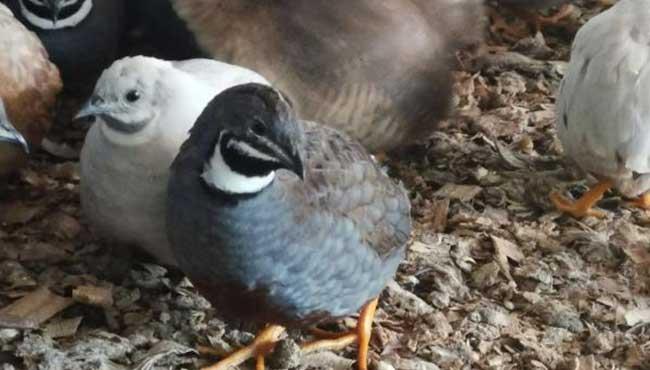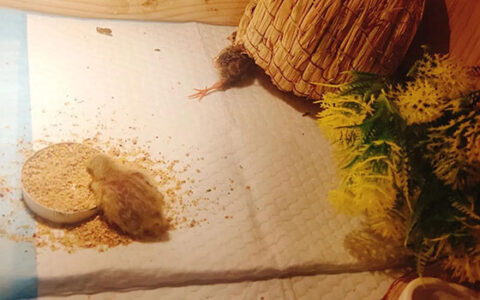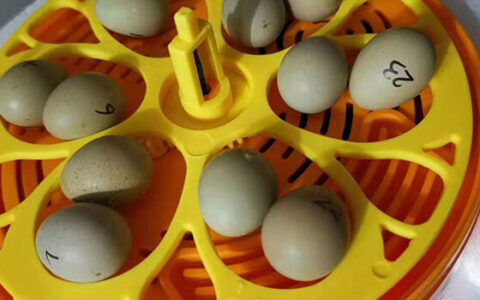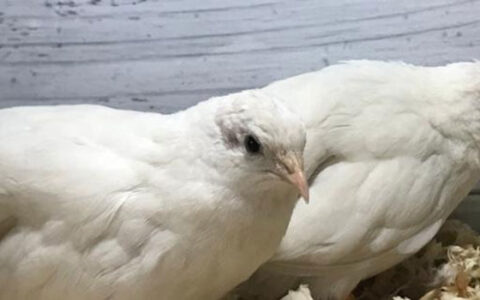What Is The Different Colors Of Rutin Chickens? Rutin Chickens Lay Eggs In Winter
What is the difference between the different colors of rutin chickens, rutin chickens lay eggs in winter. The difference: male rutin chicken's face, jaw, throat russet.
What is the difference between the different colors of rutin chickens, rutin chickens lay eggs in winter.
The difference: male rutin chicken's face, jaw, throat russet, and chest feathers are light reddish brown and distributed above the chest with tiny black spots. And the abdomen is light yellow. And female rutin chickens have yellowish-white faces, white jaws and throats, densely distributed little black spots on their chests, and pale white abdomens.

Winter management: rutin chickens need to use insulation equipment in winter to keep the temperature at about 25-32°C while artificially extending the length of light and providing sufficient feed and drinking water.
What is the difference between different colors of rutin chickens
The cultivated rutin chickens are divided into primary, chestnut, and pure white.
Rutin chickens change their permanent body feathers when they are about 1 month old, and the color of the feathers of male and female rutin chickens differs significantly. If it is a male rutin chicken, its face, jaws, and throat are russet, and its chest is more expansive, its feathers are light reddish brown, studded with tiny black spots. And its abdomen is yellowish. Her face and jaws are yellowish white if it is a female rutin chicken. And throat is white, her chest is densely distributed with tiny black spots (the distribution shape is similar to that of a chicken heart), and her abdomen is pale white.
Does the rutin chicken lay eggs in winter
Rutin hens lay eggs in winter, but the number of eggs is negligible. The management methods of rutin chickens in winter are as follows.
In winter, the temperature is lower, so you need to use insulation equipment or increase the breeding density to keep the temperature at about 25-32℃.
Rutin hens require more than 12 hours of light per day, and in winter, the length of sunlight is shorter, so it is necessary to artificially extend the spare time (2 hours of sunshine are added in the morning and evening every day).
During the egg-laying period, keep the temperature stable, ensure sufficient feed., and drink water. And at the same time, provide the rutin with appropriate amounts of high-protein food (earthworms, bread worms) and high-energy food (millet, corn kernels, wheat bran, rice bran) to facilitate egg-laying.
Turn over the fermented mattress material once a week or every few days, and replace the new fermented mattress material once in about 2-3 months to avoid diseases of rutin hens due to poor environment.
Pay attention to the ventilation of the rutin chicken house because although the size of the rutin chicken is small, the fecal discharge is significant. After fermentation, it is easy to produce a variety of odor gas.
Notice: Internet users spontaneously contributed the article content, and the article views only represent the author himself. This site only provides storage services, does not have ownership, and bears relevant legal liabilities. If you find plagiarism, infringement, or illegal content, please contact the administrator to delete it.



